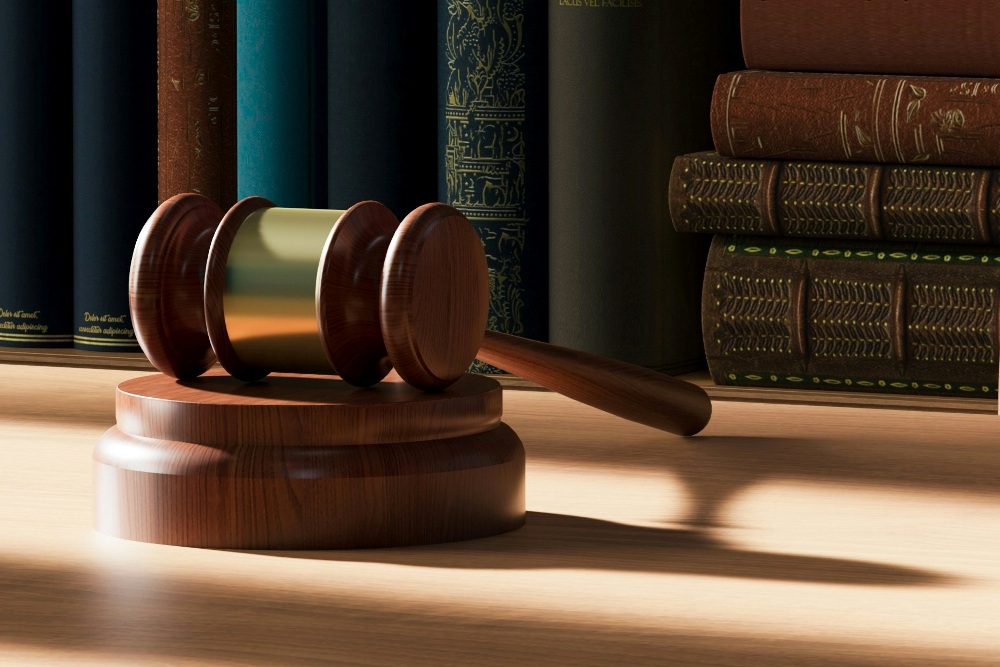
When a visitor is injured on public or private property, the question of who is legally at fault often centers on negligence. Premises liability claims arise when someone suffers harm due to unsafe conditions at a property open to guests, customers, or the general public. These incidents are especially relevant in settings like amusement parks, retail centers, or museums, where the volume of visitors makes safety protocols essential. Understanding the legal framework behind such claims can help injury victims determine whether a valid case exists. For example, navigating a Florida Children's Museum accident claim requires a clear understanding of the duties owed by the property owner and how those duties may have been breached.
Understanding the Duty of Care
Property owners and operators have a legal obligation to keep their premises reasonably safe for guests. This concept, known as the duty of care, varies depending on the type of visitor. Invitees, such as paying customers, are owed the highest level of care. This includes inspecting the property for hazards, addressing known dangers promptly, and warning visitors of risks that are not immediately obvious. The law does not expect perfection, but it does expect reasonable diligence. Failure to uphold this standard can be the first step toward liability if an injury occurs. The more public and commercial the venue, the higher the expectation that safety measures are actively enforced. This duty applies regardless of whether the hazard results from structural issues, weather conditions, or improper supervision.
Recognizing a Breach of Duty
Once a duty of care is established, the next step in a negligence claim involves proving that the property owner or manager failed to meet that obligation. A breach of duty may occur through action or inaction, such as failing to fix a broken railing or neglecting to mop a slippery floor. This part of the claim relies heavily on facts, witness statements, inspection logs, surveillance footage, and expert testimony. Demonstrating that the owner knew or should have known about the dangerous condition can make the difference between a dismissed case and a successful settlement. While not every accident leads to liability, a pattern of neglect or lack of proactive maintenance often signals that a breach has occurred. Documentation becomes crucial for showing what was or was not done to protect visitors.
Linking Causation to the Incident
Causation connects the breach of duty directly to the injury. Without it, even a clear safety violation may not result in liability. For a claim to succeed, it must be proven that the unsafe condition directly caused the accident. For example, if a child slips and falls in a poorly maintained museum exhibit, it must be shown that the lack of maintenance directly contributed to the fall. Courts look at whether the incident would have happened even without the hazard. Causation can be straightforward in some cases, such as falling from an unguarded balcony, but more complex scenarios require medical records, incident reports, and expert analysis to support the timeline and physical evidence. Establishing causation provides the factual bridge between negligence and injury, strengthening the foundation of the case.
Calculating and Documenting Damages
Even when fault is established, a premises liability claim must also demonstrate actual harm. Damages refer to the losses suffered as a result of the accident and may include physical injuries, emotional trauma, loss of income, and mounting medical costs. Injured parties must keep detailed records of treatments, prescriptions, rehabilitation sessions, and any out-of-pocket expenses. Documentation like receipts, physician notes, and diagnostic reports helps quantify the financial impact of the injury. In more severe cases, long-term care plans or vocational assessments may be needed to calculate future damages. Pain and suffering, while harder to measure, are also considered in settlements and verdicts. The clearer the documentation, the more persuasive the claim will be during negotiations or trial.
Proving Negligence in Court
The legal process of proving fault relies on combining all four elements of negligence: duty, breach, causation, and damages. Each must be supported with compelling evidence. To establish negligence, the plaintiff must paint a full picture of what occurred, why it happened, and how it caused harm. Attorneys may bring in safety consultants, building code experts, or accident reconstruction specialists to explain where safety protocols failed. Meanwhile, defendants may argue contributory negligence, claiming the injured party acted carelessly or ignored posted warnings. The burden of proof lies with the plaintiff, who must show that the incident was preventable had reasonable standards been met. Success often depends not just on what occurred, but how effectively the evidence is presented to illustrate the sequence of events and the failure of basic safeguards.
Understanding how premises liability works helps clarify what victims can expect when pursuing legal action. These cases require more than just pointing to a hazard. They involve a detailed, structured approach to showing how a specific failure led to an injury and quantifying the resulting harm. Whether addressing a fall, a trip, or inadequate security, the claim hinges on facts, documentation, and the ability to demonstrate preventable error. Those impacted by unsafe conditions, particularly in high-traffic venues like family attractions or public museums, benefit from understanding the legal steps involved. From exploring duty of care to proving a legal breach, every layer of the claim serves to ensure accountability and restore the injured party's peace of mind.
EDITORIAL POLICY
The Flash List is dedicated to providing trustworthy editorial content by maintaining strict ethical standards, journalistic integrity, and credible professionalism regardless of any remuneration as working media. The Flash List is not affiliated with third-party companies mentioned and makes no endorsement or guarantee expressed or implied. The preceding article, which contains affiliated link(s) for which compensation was received, is intended for informational reference only and does not constitute advice of any kind. Moreover, a qualified professional should be consulted regarding any lifestyle consideration, medical treatment, or monetary transaction, etc. Content is published in accordance with USFTC regulations and terms and conditions.
MORE ON THE FLASH LIST
































